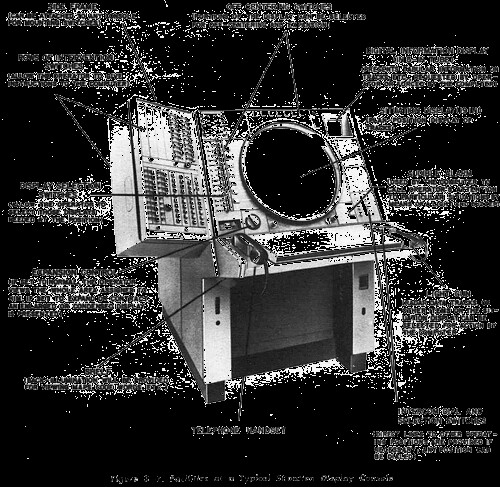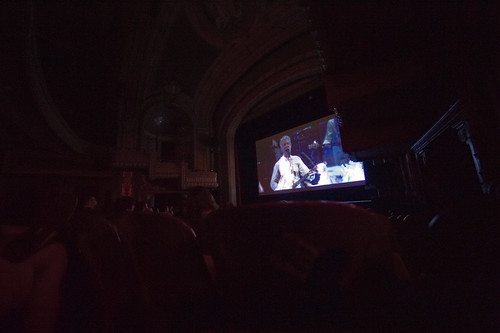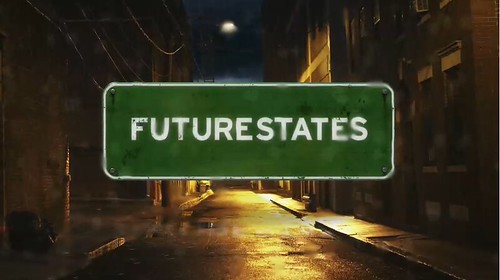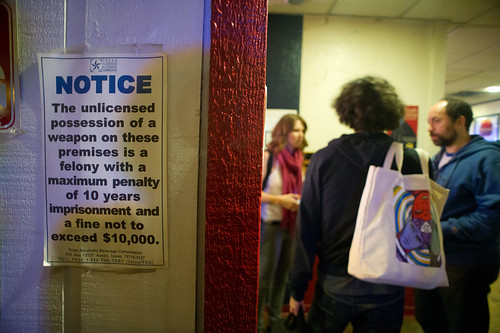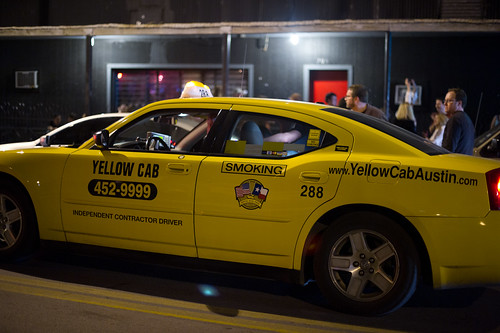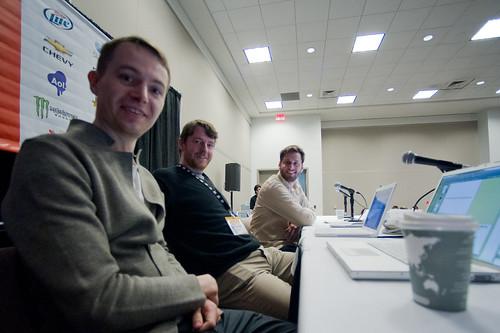[[This just in. Sounds fun and curious. Almost makes me not loathe the academic conference context if only because the topic seems far enough beyond the typical that it may in fact suggest that there is an active imagination or two left in the tower.]]
Dear fellow design researchers.
The Academy of Art and Design FHNW in Basel and the Swiss Design Network are pleased to invite you to participate in the 6th Annual Swiss Design Network Conference in Basel, Switzerland, October 28-30, 2010. The SDN Conference belongs to the leading European design research conferences and brings together scholars, professionals and students who come from diverse backgrounds and share interests in design and design research. The 2010 conference theme addresses the topic of “negotiating futures. design fiction.” It builds on the assumption, that designers see the world not simply as it is, but rather as it could be. In this perspective, the world is a laboratory to explore the contingency of the existing and the thinking in options. Imaginations of the contra factual are a key source for the creation of alternative political, technological, social, or economic constellations of artefacts, interfaces, signs, actors, and spaces. At the same time, strategies of materialization are pivotal to shift the boundary between the fictional and the real and to finally bring possible new realities into being. The conference therewith addresses the question of how fictions are designed and how the multiplicity of possible new futures is negotiated and realized. Keynote speakers include James Auger, Julian Bleecker [[* note to self: write it this time; don’t rack a round and hope for the best *]], Ruth Durrer, Franz Liebl and Alexandra Midal.
Call for Papers
We invite you to present your research at the SDN Conference 2010. We are looking for high quality papers in the field of design research to be published in the conference proceedings. While the conference addresses all current areas of design research, we especially encourage the submission of work that addresses the main conference theme of “design fiction” and the respective empirical research, theories, methods, and educational work.
Deadline for the submission of abstracts is May 2, 2010, deadline for the submission of final papers is July 18, 2010. For more and updated information on the conference and on how to submit your work, please see the attached call for papers and visit the main conference website at www.sdn2010.ch.
